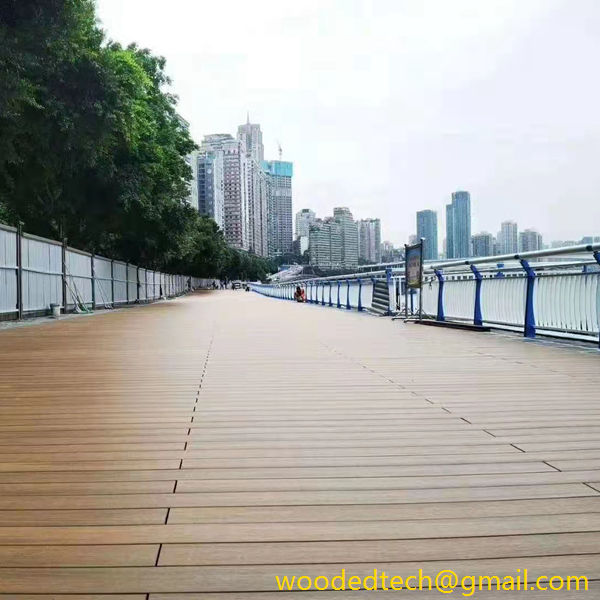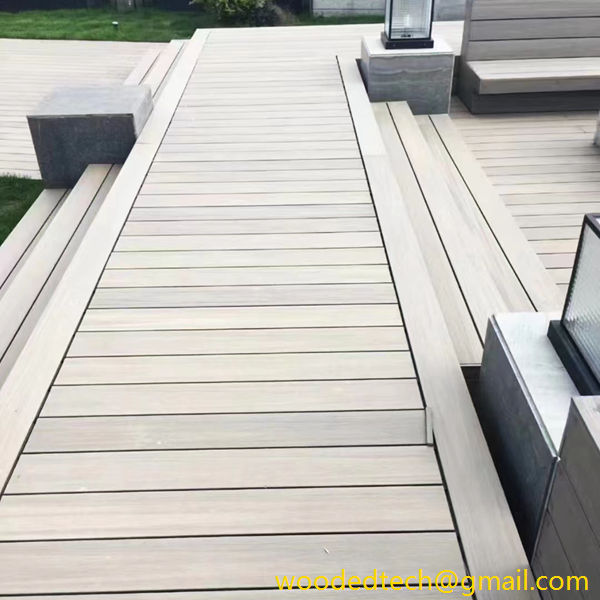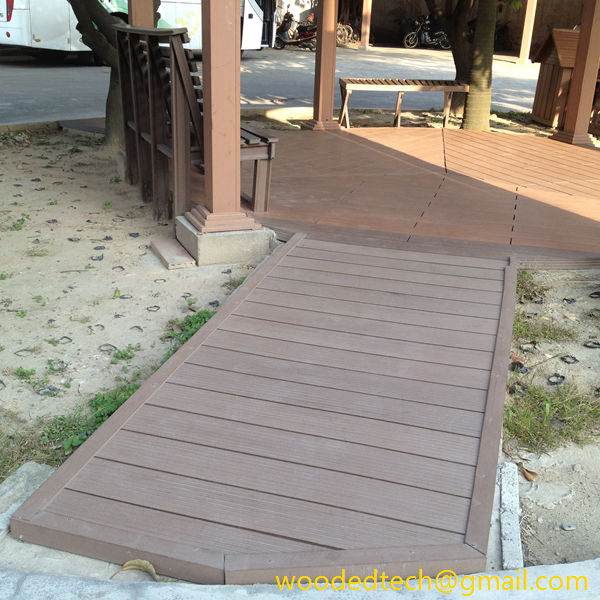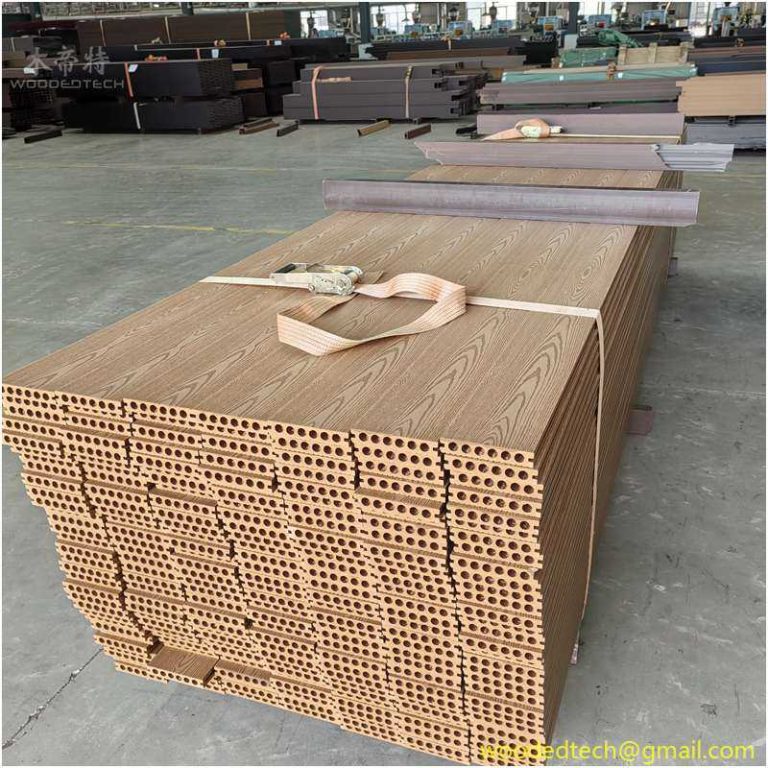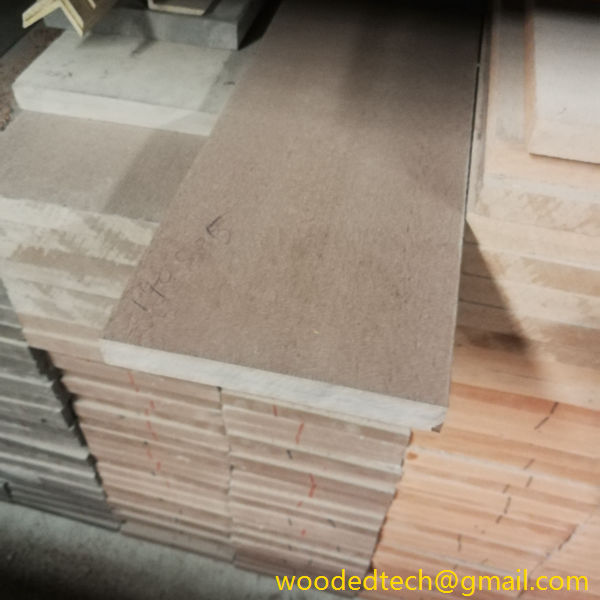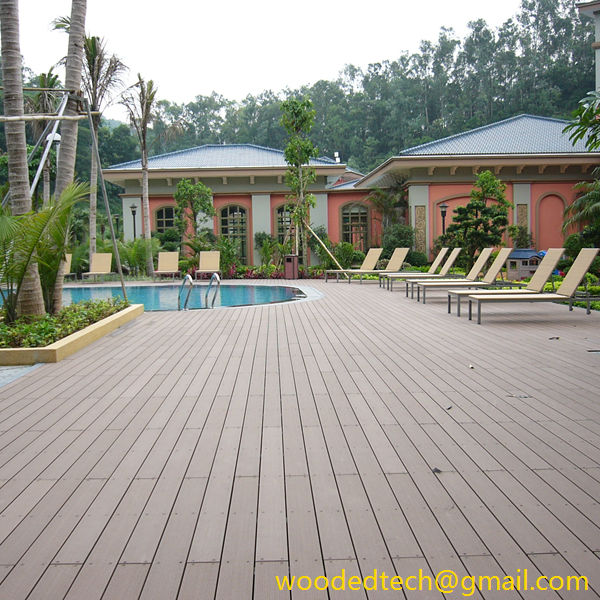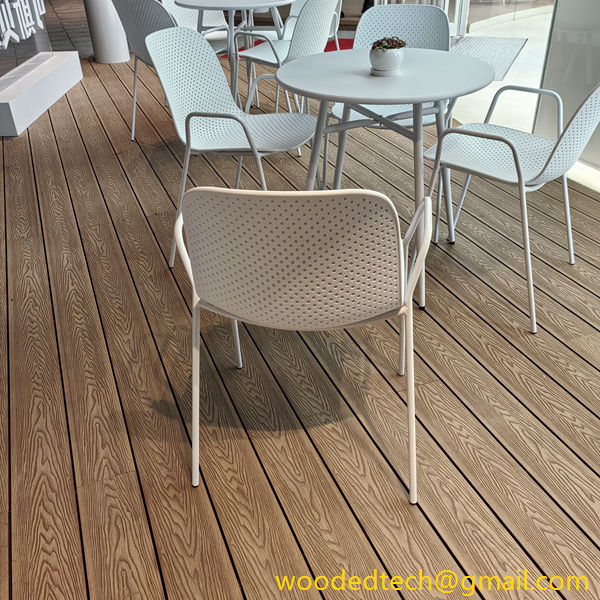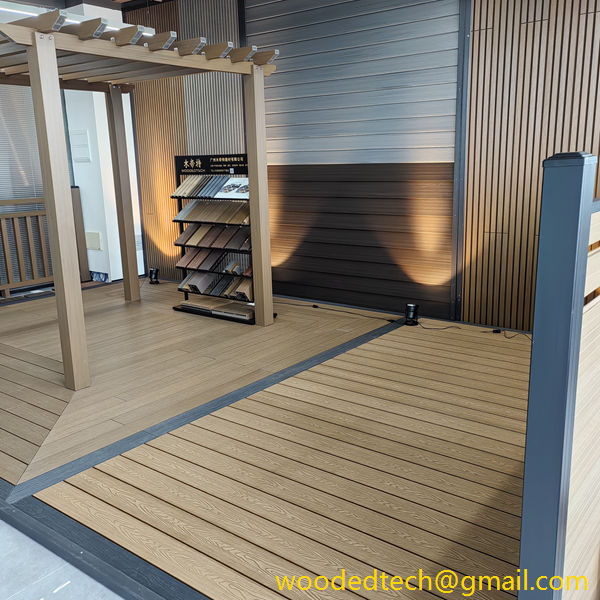Create a Spacious Area with Composite Decking 20 ft for Your Outdoor Space
Create a Spacious Area with Composite Decking 20 ft for Your Outdoor Space Creating an outdoor space that is both functional and aesthetically pleasing is a priority for many homeowners. One of the most effective ways to enhance this area is by installing a spacious composite decking platform, particularly one that measures 20 feet. Composite…
Create a Spacious Area with Composite Decking 20 ft for Your Outdoor Space
Creating an outdoor space that is both functional and aesthetically pleasing is a priority for many homeowners. One of the most effective ways to enhance this area is by installing a spacious composite decking platform, particularly one that measures 20 feet. Composite decking has gained significant popularity in recent years due to its durability, low maintenance requirements, and eco-friendly properties. In this article, we will explore the benefits of composite decking, the considerations for its installation, and how it contributes to the global production capacity distribution in the construction industry.
Composite decking is made from a blend of recycled wood fibers and plastic. This combination provides a unique set of advantages over traditional wood decking. One of the primary benefits is its resistance to weathering, rot, and insect damage. Unlike wood, which can warp, splinter, or require frequent staining and sealing, composite decking maintains its integrity and appearance over time. This durability makes it an excellent choice for outdoor spaces, where it is exposed to various weather conditions.
In terms of aesthetics, composite decking is available in a wide range of colors and textures. Homeowners can choose from shades that mimic the look of natural wood, allowing them to achieve the desired visual effect without the drawbacks associated with traditional materials. The versatility of composite decking makes it suitable for various outdoor settings, from patios and pool decks to garden walkways and balconies. With a spacious area created by a 20-foot composite deck, homeowners can effectively extend their living space outdoors, providing room for gatherings, relaxation, and outdoor activities.
When planning the installation of composite decking, several considerations must be taken into account. The first step is to evaluate the space where the decking will be installed. A 20-foot deck provides ample room for furniture, grills, and other outdoor amenities, but it is essential to ensure that the space is properly prepared. This includes leveling the ground and ensuring adequate drainage to prevent water accumulation beneath the deck, which could lead to structural issues over time.
Another important factor is the choice of materials. While composite decking itself is a blend of wood and plastic, there are various brands and types available on the market. It is crucial to select high-quality composite materials that offer a warranty and are designed for longevity. Additionally, homeowners should consider the framing and support structure of the deck. Using pressure-treated lumber or other durable materials for the underlying framework will ensure the stability and safety of the deck for years to come.
The installation process should ideally be carried out by professionals who have experience with composite decking. Proper installation is key to maximizing the lifespan of the deck and preventing issues such as warping or buckling. Professionals can also provide guidance on building codes and regulations that may apply to outdoor structures in different regions.
From a global production capacity distribution perspective, the demand for composite decking has been on the rise. As more consumers prioritize sustainable building materials, manufacturers have responded by increasing the production of composite products. This shift can be attributed to several factors, including the growing awareness of environmental issues and the desire for low-maintenance solutions in outdoor living spaces.
Countries with robust construction industries, such as the United States, Canada, and parts of Europe, have seen significant growth in the production of composite decking. These regions benefit from advancements in technology that enhance the manufacturing process, allowing for higher quality products at competitive prices. Furthermore, many manufacturers are focusing on sourcing recycled materials, which not only supports sustainability but also aligns with consumer preferences for eco-friendly products.
Emerging markets in Asia and South America are also beginning to invest in composite decking production. As urbanization continues to rise in these regions, the demand for outdoor living spaces is increasing, leading to a growing interest in materials that combine aesthetics, durability, and sustainability. Manufacturers in these areas are exploring local sourcing options and adapting their products to meet the specific needs of their markets.
In addition to the environmental benefits of using composite decking, another significant advantage lies in its cost-effectiveness over time. While the initial investment may be higher than traditional wood decking, the long-term savings associated with maintenance and replacement costs make composite decking an economically sound choice. Homeowners can enjoy their outdoor spaces without the constant upkeep required with wood, allowing them to spend more time relaxing and entertaining.
Ultimately, creating a spacious area with composite decking not only enhances the functionality and beauty of outdoor spaces but also reflects a broader trend towards sustainable building practices. As global production capacity continues to adapt to consumer preferences, the future of outdoor living spaces looks promising. With the right planning and execution, homeowners can enjoy the benefits of composite decking for years to come, transforming their outdoor areas into inviting retreats that connect them with nature while providing a space for social interaction and relaxation.

